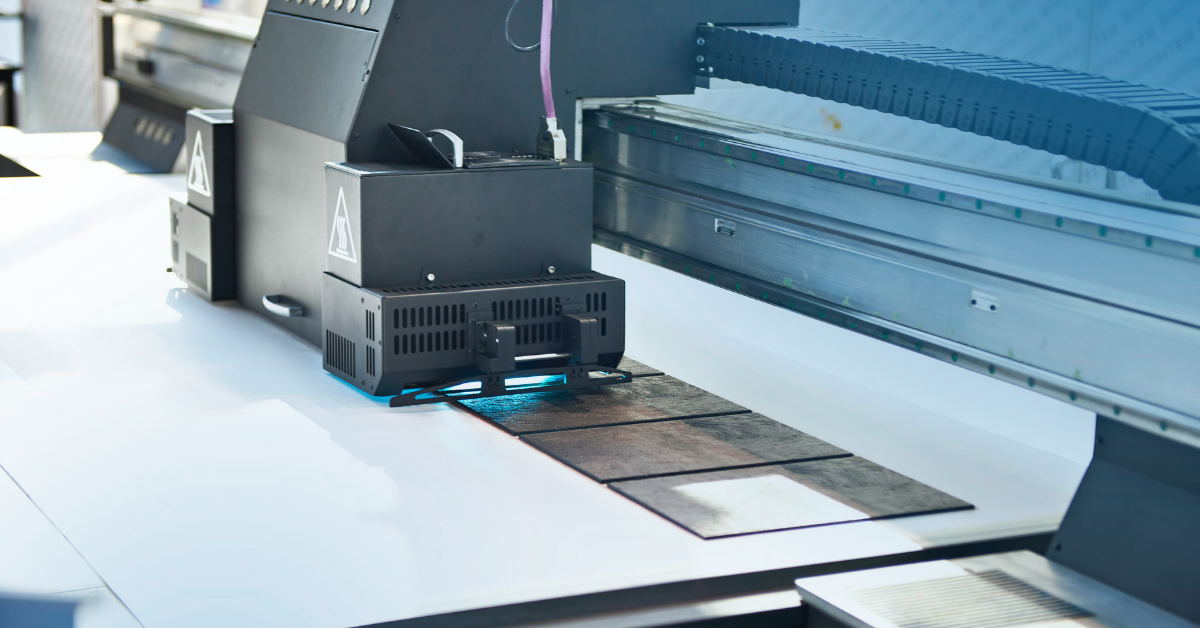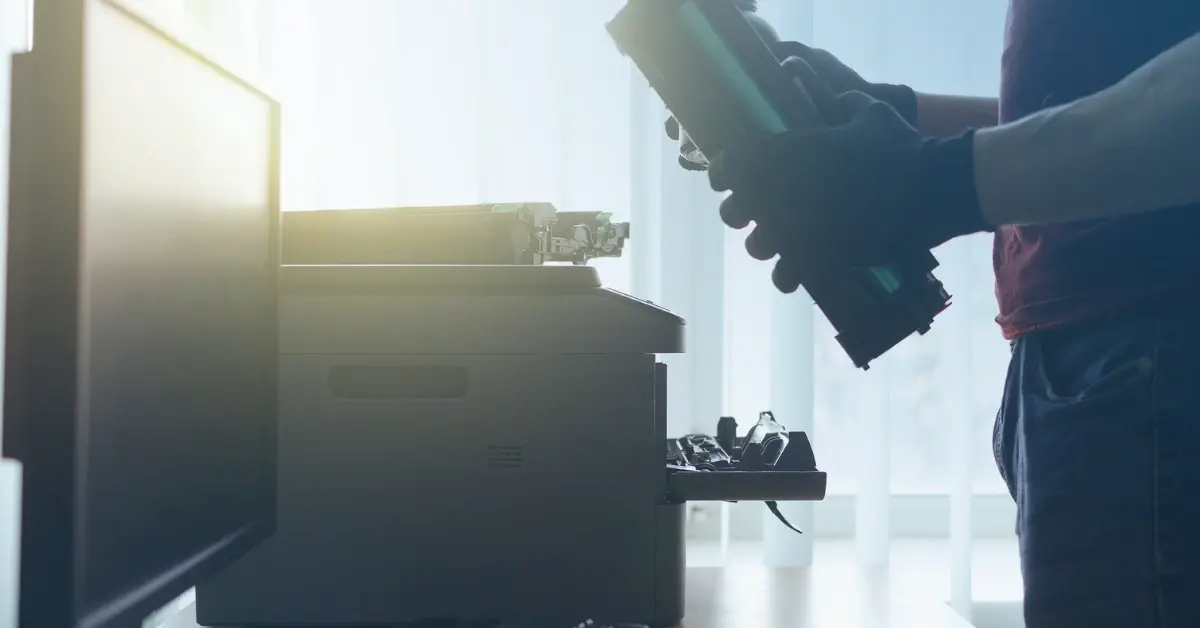What is a Banking Desert?

When you think of a desert - what are the first images that come to mind?
Hot. Dry. Minimal. Stranded.
A "banking desert" is kind of like that, except with bank branches and financial resources.
Because of the pandemic shifting more transactions to digital, causing less & less in person transactions, ultimately leading to an increase in branch closures. In fact, according to a new report from Self-Financial, approximately 1,600 bank branches in the US are closing per year.
This number will lead to the US having no bran branches by 2041. How should banks feel about this?
What Are Banking Deserts?
A banking desert refers to a geographic area, often in rural or underserved urban locations, where access to brick-and-mortar banks and financial services is extremely limited or non-existent.
Like most unfortunate realities nowadays, we have the pandemic to thank for this. Because of the shift towards digital and the increase of branch closures while lockdowns were in full effect, communities are still struggling to be in close quarters with branches. Approximately 12 million people are living in "banking desert" communities, where residents live within a certain distance from a branch: two miles for urban communities, five miles for suburban communities, and 10 miles for rural communities
In these regions, residents often have to travel long distances to reach the nearest bank, which can make managing their finances or accessing basic banking services like deposits, withdrawals, or check cashing extremely challenging.
How Did Banking Deserts Develop?
The rise of banking deserts can be traced back to several factors:
- Branch Closures: One of the primary contributors to banking deserts is the closure of local bank branches. Due to technological advances, increasing operational costs, and shifts in banking behavior (like the growth of online banking), many banks have downsized their physical presence, particularly in less profitable or rural regions.
- Consolidation of Banks: Mergers and acquisitions in the banking sector have also played a significant role. Smaller, community-focused banks are often absorbed by larger institutions, which then reevaluate the need for maintaining branches in less populated areas, leading to more closures.
- Economic Inequality: Many banking deserts exist in low-income neighborhoods where there is limited financial activity. Banks tend to invest resources where they see potential for profit, leaving certain areas underserved.
- Digital Divide: While online and mobile banking options have expanded, not everyone has access to the internet or smartphones. This digital divide means that even in areas where online banking is an option, many people still rely on in-person services, which makes the closure of local branches even more impactful.
The Consequences of Banking Deserts
The lack of access to traditional banking services often forces individuals to rely on alternative financial services, such as check-cashing outlets, payday lenders, or pawn shops.
These services typically charge higher fees and interest rates, which can lead to a cycle of financial hardship for those already struggling. Additionally, banking deserts disproportionately affect minority communities, low-income households, and elderly residents, further deepening economic inequality.
Not only are banking deserts bad for consumers, but the banks themselves are feeling the pain as well.
Without brick & mortar branches, banks are losing customers to these third party sources. According to a 2020 banking survey, only about 20% of customers are engaged with their bank, and only 44% are barely engaged.
How Can Banks Avoid Banking Deserts?
To be truthful, there aren't a list of ways that banks can avoid cutting out branches all together aside. ITM (Interactive Teller Machines) - which give customers the ability to talk to tellers and banking professionals through live video chats - are being used and tested by some banks. However, ITM's are still putting the banking professional in the driver's seat, and not the customer.
What customers really need from banks is a self-service solution that truly allows them to service themselves. This means being able to physically print secure checks, documents, cards, and more at the device, without the need for professional intervention. That's where TellerCentral comes in.
TROY TellerCentral is the newest technology developed by TROY to give banks the ability to increase their reach to customers, free up time for their in branch associates, while empowering their customers to print & access teller documents on their own. TellerCentral has the look & feel of an ATM, while going beyond the typical cash withdrawal.
- Accessibility: TROY TellerCentral can be deployed in convenient locations such as grocery stores, community centers, or even remote villages, offering a wide range of banking services without the need for a traditional branch. These kiosks allow users to perform transactions like deposits, withdrawals, and account inquiries with ease. With custom bank branding, customers will always be able to identify & use the capabilities of their branch.
- Secure Printing: One of the key features of TROY TellerCentral is its ability to print checks & documents on-demand, reducing the need for customers to visit distant bank branches or rely on expensive check-cashing services. This empowers individuals and businesses in banking deserts to manage their finances more efficiently.
- Cost-Effective Deployment: Unlike traditional bank branches, which are expensive to build and maintain, TROY TellerCentral offers a cost-effective way for financial institutions to extend their reach into underserved areas. This flexibility makes it easier for banks to invest in these regions without incurring significant overhead.
- User-Friendly Technology: TROY TellerCentral’s interface is designed with simplicity in mind, ensuring that users of all ages and technological comfort levels can access the services they need without confusion or frustration. This is especially important in areas where residents may be less familiar with digital banking technologies.
- Bridging the Digital Divide: By providing a physical point of access to banking services, TROY TellerCentral helps bridge the gap for individuals who may not have the technological tools or internet access required for online banking. This ensures that financial services remain accessible to everyone, regardless of their digital literacy or resources.
TellerCentral: The Next Generation of Banking
Banking deserts are a growing concern, particularly as bank branches continue to close in rural and underserved areas. However, innovative solutions like TROY TellerCentral provide a way to reduce the impact of these deserts by offering accessible, secure, and affordable banking options. By bringing financial services closer to the people who need them most, TROY TellerCentral is helping to bridge the gap and create more inclusive financial ecosystems.
Through initiatives like this, we can work towards a future where banking deserts become a thing of the past, and everyone has access to the financial tools they need to thrive.
Want to know more to about TROY TellerCentral? Click here or fill out our form below.
Related Posts

What is UV Printing? UV Curable Inks for Packaging
Ultraviolet, or UV printing is an advanced digital technology that cures specially designed inks using UV light. This process creates sleek, vibrant designs that dry instantly,..

Here's How to Beat Upcoming Postage Rate Increases
In 2024, a notable increase in postage costs became a reality. With postage increases expected to occur multiple times a year, it's important to be prepared for what's coming.

What is MICR Toner? A Guide for Check Printing
What is MICR? MICR stands for Magentic Ink Character Recognition, and it plays a critical role in check printing. If you're printing checks for your business, you should always be..



Leave a Reply